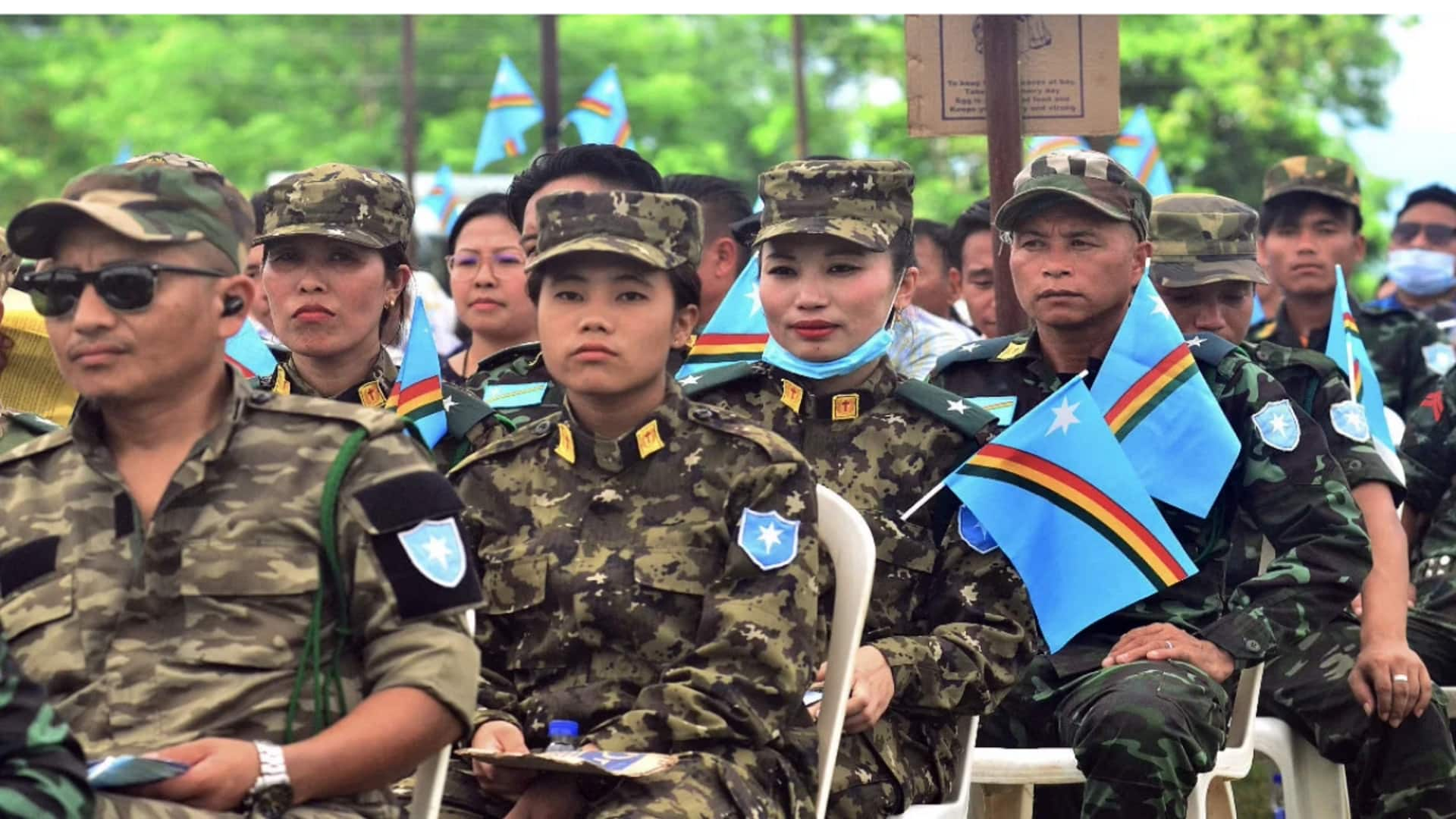
Why this Indian state celebrates Independence day on August 14
What's the story
Prime Minister Narendra Modi will hoist the national flag from the ramparts of the Red Fort in New Delhi on August 15 to mark India's 78th Independence Day. But in the mountainous regions of Nagaland, parts of Naga-dominated Manipur, and some areas across the border in Myanmar, blue flags flew high in the clear sky on August 14 to commemorate the same liberation from British rule. Here we try to understand the Naga's version:
Reflections
Nagas declared Independence Day, a day before India
Seeking self-rule, the Naga Excluded Area, along with part of Naga's Ancestral Land declared Naga Independence Day, a day before India in 1947, immediately following the withdrawal of erstwhile Colonial Rule. This is a (political) watershed moment for the Nagas, and it is in in sync with the memorandum submitted by the Naga Club—which spearheaded the Naga independence movement—to the Simon Reform Commission led by Sir John Simon in 1929.
Plebiscite
Naga Plebiscite voted for Free Nagaland
The Naga Club's representation clearly stated the Naga people's desire to be left alone as in ancient times, allowing the Nagas to chart their own route and determine their political future. Their plea heading nowhere, on May 16, 1951, the Nagas conducted a referendum (Naga plebiscite) again, a year after the Union of India declared a republic. The result of the Naga Plebiscite voted for Free Nagaland by 99.9% voting against Indian Union.
NNC
NNC unsuccessfully campaigned for secession of Naga territory
Later, the Naga National Council (NNC), which evolved from the Naga Club, unsuccessfully campaigned for the secession of the Naga territory from India. In South Asia, the Naga insurgency is the longest-running. The movement, presently led by the National Socialist Council of Nagaland (Isak-Muivah), has been in a cease-fire with the Indian government for 25 years, but peace talks have broken down over the use of the Naga flag and Constitution.